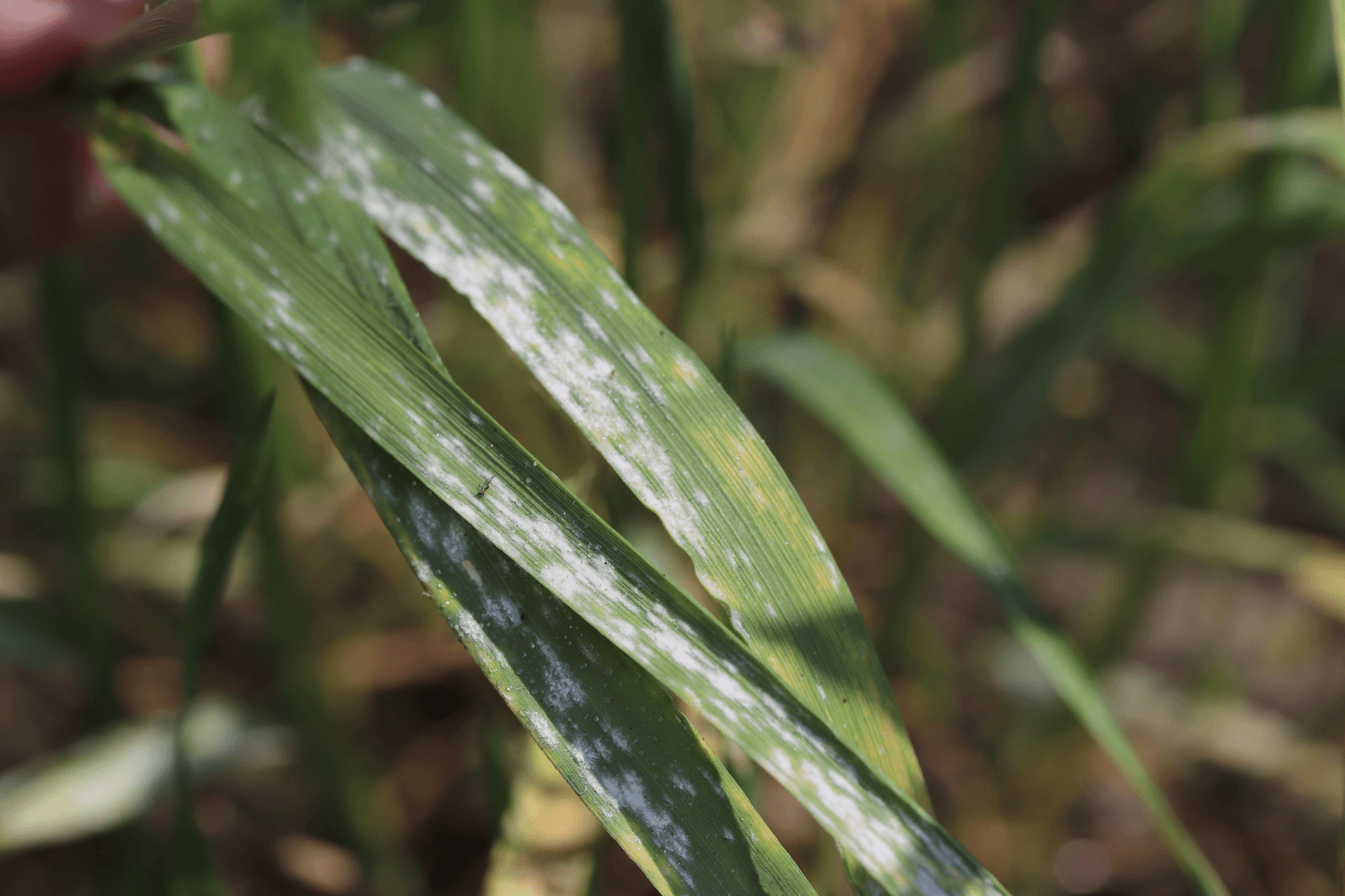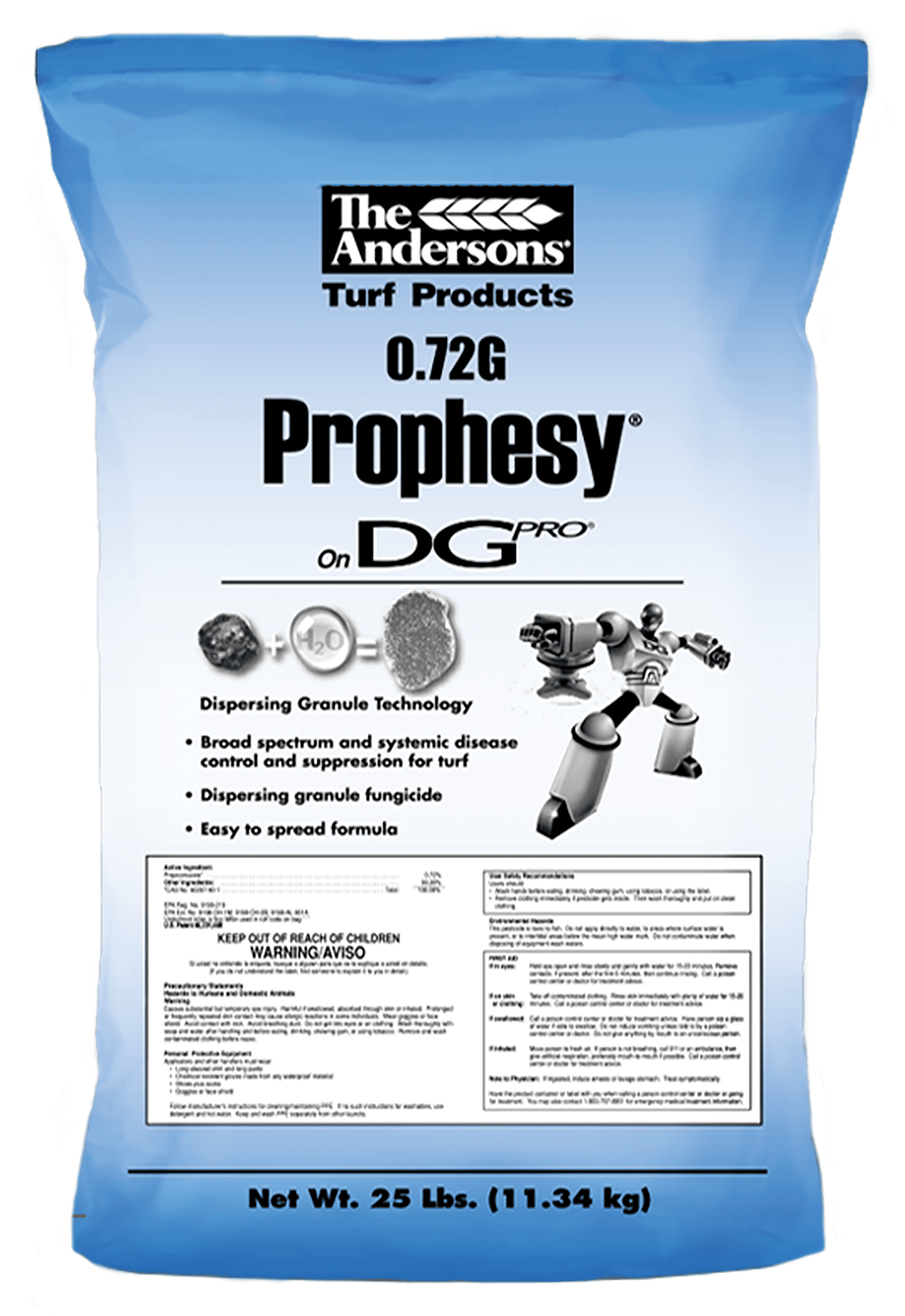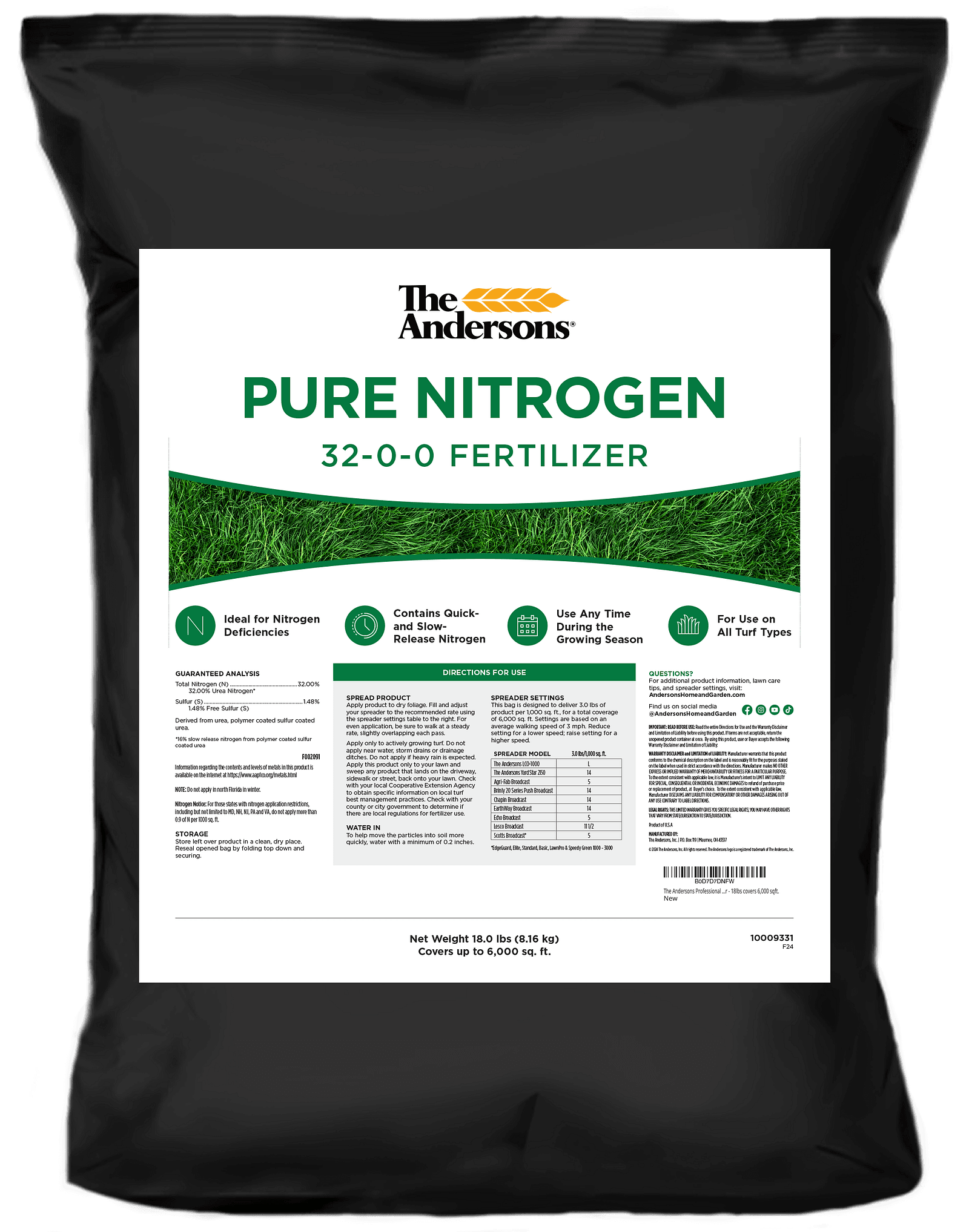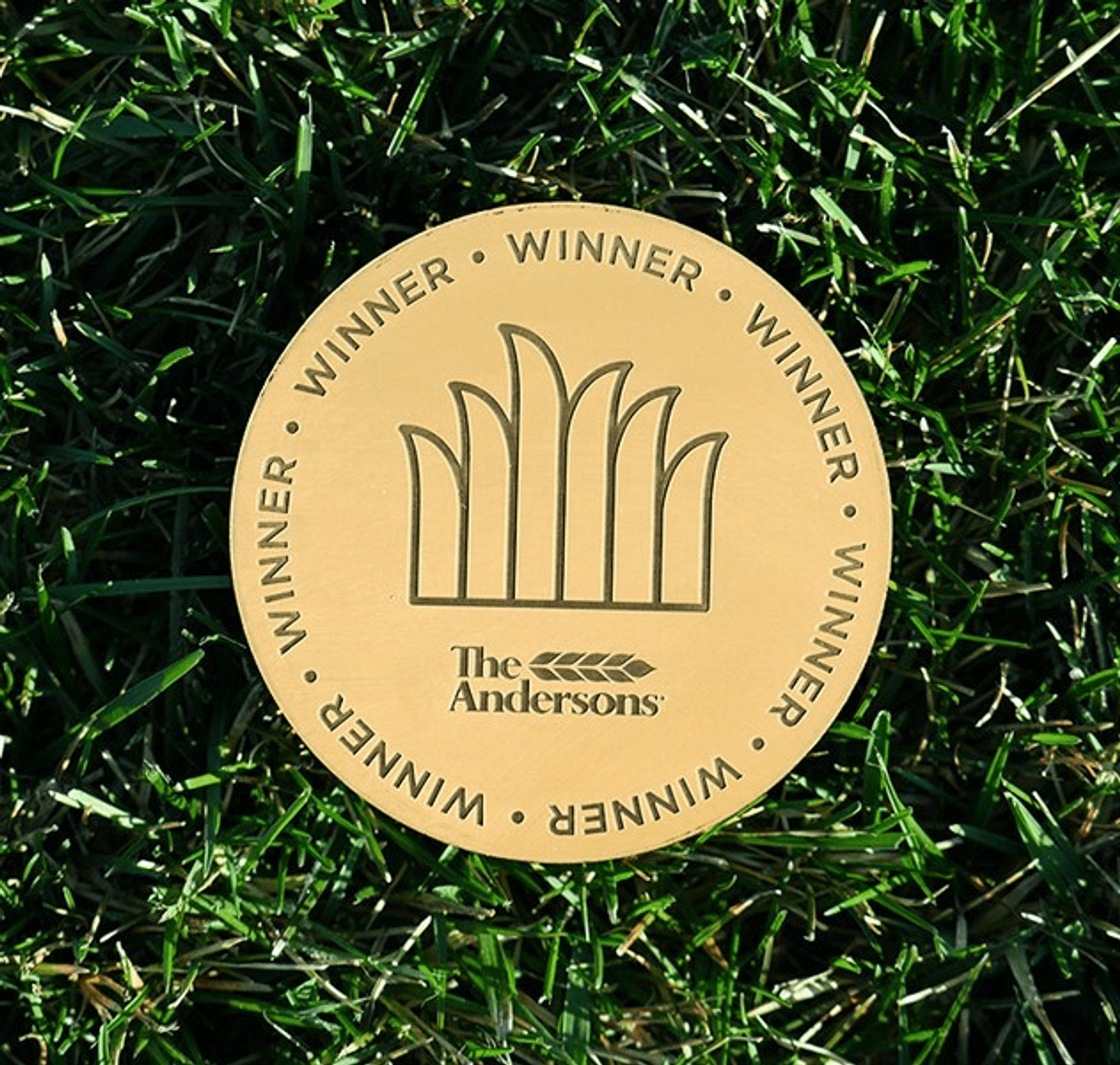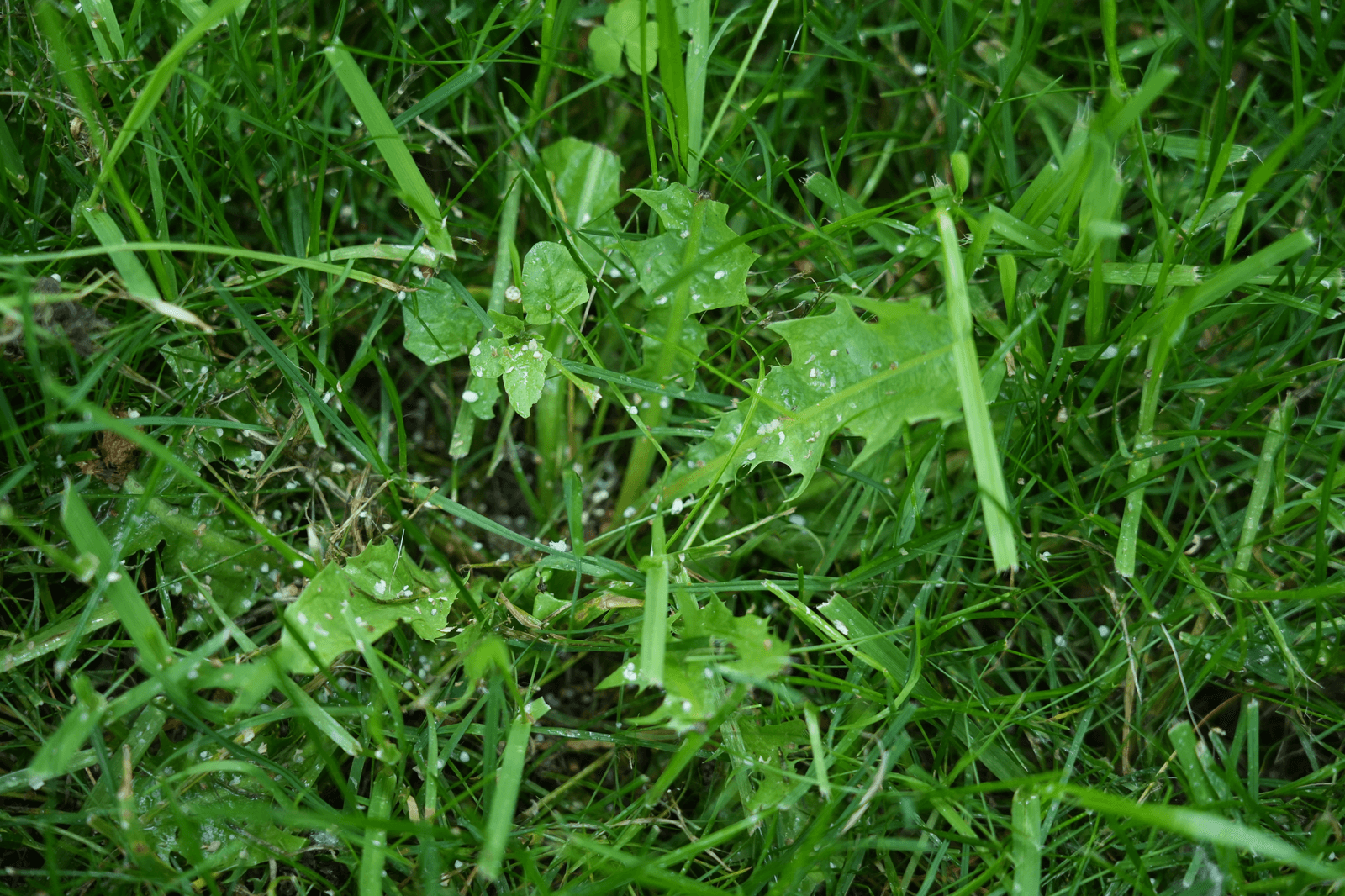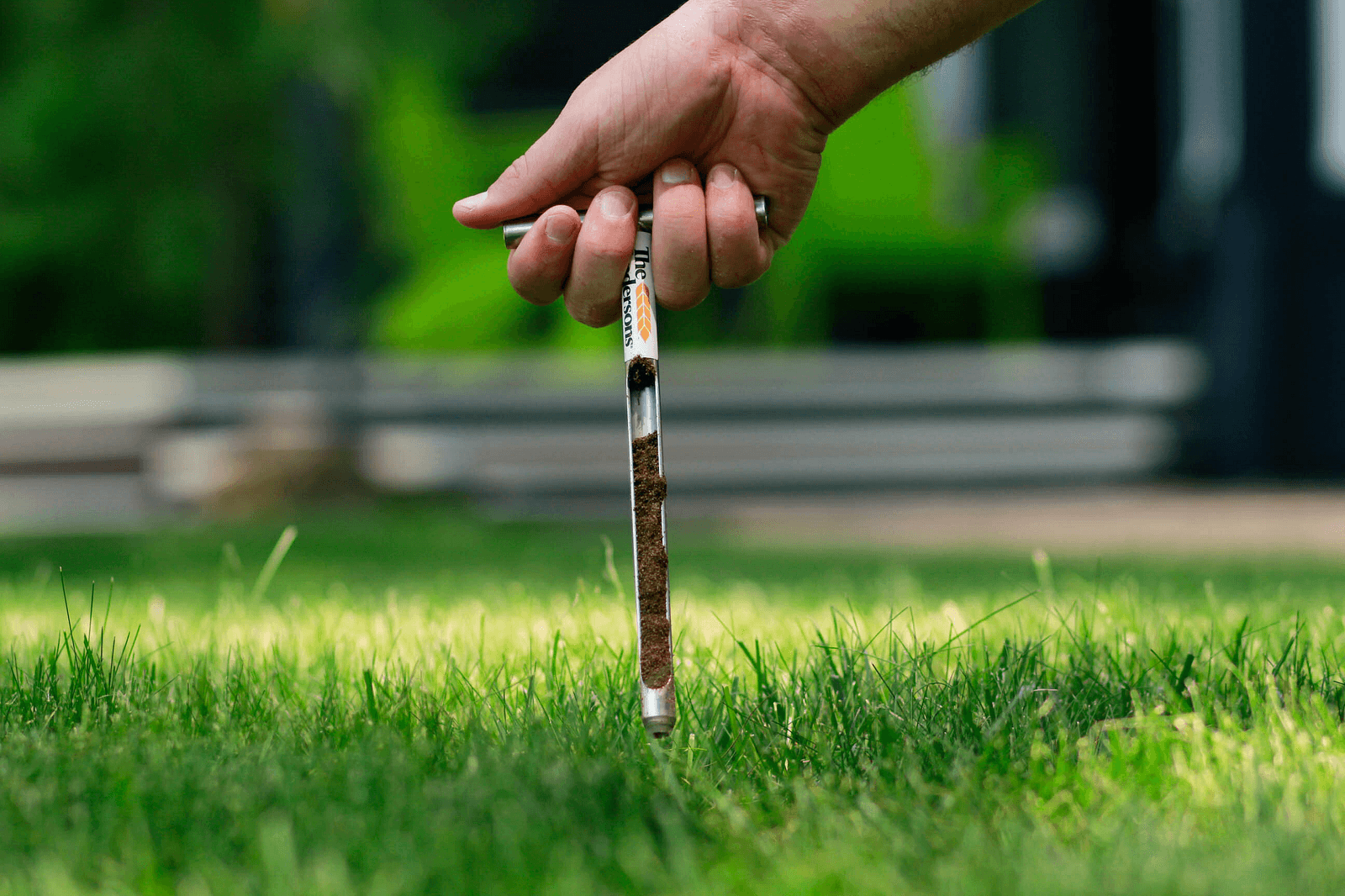Lawn care can be a rewarding hobby, but it comes with its challenges. One of the most common issues homeowners face is lawn disease. These diseases can be broadly categorized into two types: foliar and soil-borne. Understanding the differences between these two categories, how to treat them, and, most importantly, how to avoid them, is key to keeping your lawn healthy and vibrant.
What Are Foliar and Soil-Borne Lawn Diseases?
Lawn diseases are caused by fungi, bacteria, viruses, or other pathogens. These diseases can be classified based on where the pathogens attack the plant: on the leaves (foliar) or in the soil.
Foliar Diseases
Foliar diseases affect the leaves and stems of your grass. These diseases are often caused by fungi or bacteria that thrive in humid or wet conditions. They typically present themselves as spots, lesions, or patches on the grass blades. Foliar diseases can spread rapidly, especially when the environmental conditions are right.
Soil-Borne Diseases
Soil-borne diseases affect the roots or soil environment around your grass. These diseases are typically caused by fungi or bacteria that inhabit the soil and invade the root system of the grass. Soil-borne diseases can cause poor root development, leading to weakened grass that struggles to absorb nutrients and water.
Common Types of Foliar Diseases
1. Dollar Spot
- Symptoms: Small, light tan to white lesions that resemble silver dollars in shape. Affected areas may also have a straw-colored appearance.
- Cause: Caused by a fungal pathogen (Sclerotinia homeocarpa), dollar spot thrives in warm, moist conditions.
- Prevention: Mow regularly, water early in the day to reduce moisture overnight, and avoid excessive nitrogen fertilization.

2. Brown Patch
- Symptoms: Large, irregular brown patches of grass that can spread quickly. The edges of the patches may be darker, giving them a “smoky” appearance.
- Cause: Caused by the fungus Rhizoctonia solani, brown patch is common in hot, humid climates.
- Prevention: Water deeply but infrequently, keep the lawn mowed and avoid mowing when grass is wet, and improve air circulation by aerating the lawn.

3. Powdery Mildew
- Symptoms: White, powdery fungal growth on grass blades, often causing the grass to become stunted and yellow.
- Cause: Caused by various fungi that thrive in shaded, humid areas.
- Prevention: Prune overhanging trees or shrubs to allow more sunlight and improve air circulation by aerating the lawn. Ensure good lawn maintenance and avoid overwatering.

Common Types of Soil-Borne Disease
1. Pythium Blight
- Symptoms: Rapidly spreading patches of dead or dying grass, often with a greasy or water-soaked appearance.
- Cause: Caused by the fungus Pythium spp., this disease thrives in excessively wet conditions and poorly drained soil.
- Treatment: Fungicides that target Pythium and improve drainage by aerating the lawn.
- Prevention: Ensure proper drainage, avoid overwatering, and improve air circulation by aerating the lawn

2. Fairy Rings
- Symptoms: Circular or semicircular areas of fast-growing, lush, dark green grass. Mushrooms may form in or around the ring. Some rings develop a central zone of dead or thin turf.
- Cause: Caused by various basidiomycete fungi soil pathogens like Marasmius, Lycoperdon, Agaricus, and others. These fungi live on organic matter like thatch, tree stumps, buried wood, and decaying roots.
- Prevention: Minimize thatch buildup with regular dethatching and remove debris, old roots and tree stumps. Prevent excess moisture by correcting low spots and compacted soil. Improve air circulation by aerating the lawn annually.

3. Take-All Patch
- Symptoms: Yellow, patchy grass with a pronounced brown or tan outer ring and a dark green center.
- Cause: Caused by the fungus Gaeumannomyces graminis, this disease is often triggered by excessive moisture or poor soil drainage.
- Prevention: Avoid overwatering, fertilize your lawn with slow-release nitrogen to maintain a healthy root system, and improve air circulation by aerating the lawn.

How to Treat Lawn Diseases
The treatment of lawn diseases depends on the type and severity of the disease. Here are some general treatment options:
1. Fungicides
Most lawn diseases, both foliar and soil-borne, are caused by fungi. Fungicides, like Prophesy® can help control the spread of the disease. Be sure to choose a fungicide that is labelled for the specific disease your lawn has and always follow the product label when applying fungicides.

2. Improving Lawn Care Practices
- Proper Watering: Overwatering or underwatering can stress the grass, making it more vulnerable to disease. Water deeply but infrequently, and always in the early morning to allow the grass to dry by nightfall.
- Aeration: Aerating your lawn helps improve soil drainage and oxygen flow to the roots, reducing the risk of soil-borne diseases.
- Proper Fertilization: Use the right type of fertilizer for your grass type, and avoid over-fertilizing, which can promote disease.
3. Cultural Practices
- Mowing: Regular mowing (at the proper height for your grass type) helps prevent disease spread and encourages healthy growth.
- Thatch Control: Excessive thatch can harbor pathogens. Regular dethatching can help prevent many diseases.
How to Avoid Lawn Diseases
Prevention is always better than treatment, and with the right care, you can reduce the chances of lawn diseases taking hold in the first place.
1. Choose Disease-Resistant Grass Varieties
Some grass varieties are naturally more resistant to certain diseases. When selecting grass for your lawn, choose varieties that are suited to your climate and are disease-resistant.
2. Maintain Healthy Soil
Healthy soil supports strong grass that is less susceptible to disease. Test your soil regularly and amend it with organic matter, as needed, to ensure your lawn is getting the nutrients it requires.
3. Good Lawn Hygiene
Clean your lawn mower blades after each use to prevent spreading disease. Also, remove any infected grass clippings to avoid reinfection.
Conclusion
Understanding the differences between foliar and soil-borne lawn diseases, as well as how to treat and prevent them, is crucial for maintaining a healthy, thriving lawn. By practicing proper lawn care, using fungicides where appropriate, and preventing disease through good cultural practices, you can keep your lawn looking its best all year long.
